Rhinoplasty transforms the patient and is considered one of the most effective methods of changing the appearance.
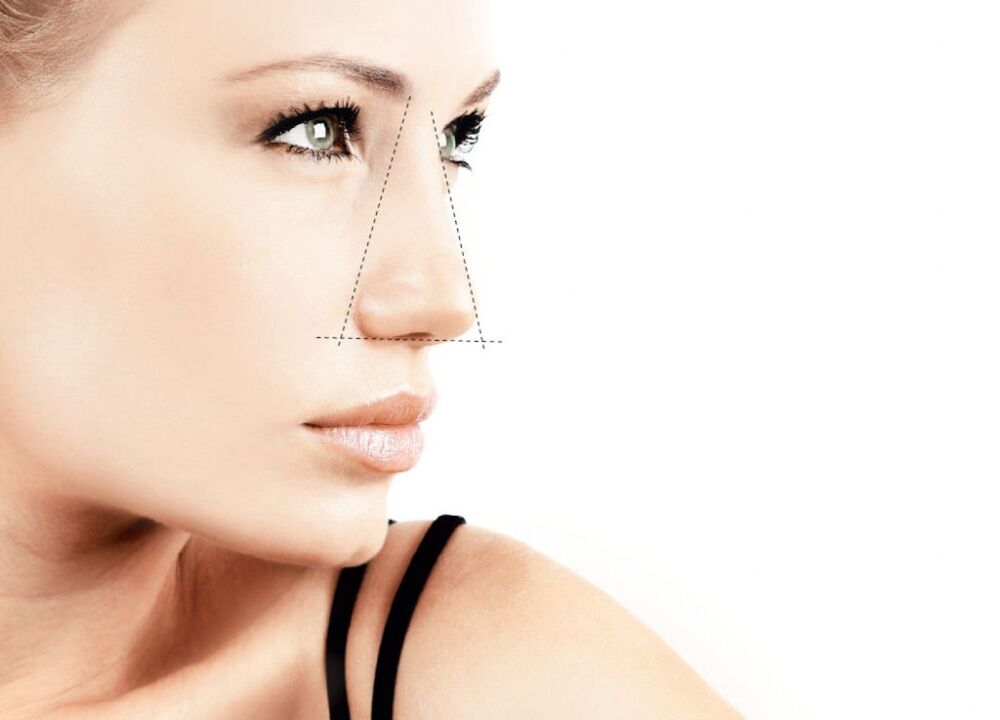
The face becomes more open, looks younger, visible defects are eliminated, and sometimes even breathing problems. Surgeons in our country have a sufficient arsenal of tools and techniques to give a person a new look.
But each operation has its pros and cons.
Types of rhinoplasty
How is rhinoplasty different from rhinoplasty?There is no difference between these concepts.
There are several types of correction.Here is how rhinoplasty is performed in any type of surgery:
- Septoplasty: aims to change the shape of the nasal septum and is prescribed when respiratory function is impaired.
- Closed rhinoplasty goes like this: through one or more incisions, the skin is separated from the frame - cartilage, bone. Then they make a correction - parts are removed or increased. The skin is then sewn up. The incision of the columella is not performed. This is a common technique used by surgeons.
- Open rhinoplasty: indicated for large amounts of correction. The incision is made in the nasal cavity and in the area of the columella.
How long does a nose job take: The duration of the operation depends on the amount of work and the technique. So,closed correction lasts 30-40 minutes, open - up to 60 minutes. For fully closed rhinoplastyLast 1 hour, open - about 1. 5 hours.
operation video
To understand how rhinoplasty is performed, we recommend watching a video of the operation.
Non-surgical rhinoplasty
It is resorted to when small defects need to be eliminated.It is performed in 5-7% of patients.
Fillers are used to smooth or change the angles of the tip of the nose, restore symmetry, and mask the bump. The disadvantage of such a correction is that the fillers dissolve after 12-18 months, there is a risk of substance migration.
Absorbable preparations are also used. So it is possible to get rid of bumps, bulges. The technique is occasionally used on the tip, wings, and the supertip zone - the hump. It goes through several stages.
The threads inserted through the punctures allow you to tighten the tip and adjust the shape of the wings. This technique is unpopular due to the risk of thread tears and the appearance of coarse scars.
Photos before and after
We offer to see the results of rhinoplasty on other people in these photos.
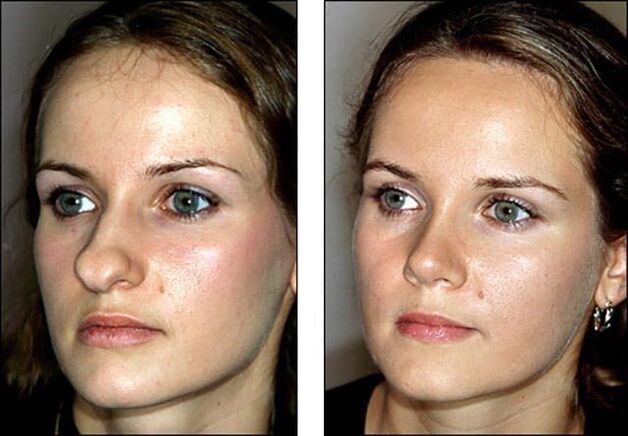
Indications and contraindications
Indications for rhinoplasty are associated with such defects in shape:
- Gorbinka.
- Sharp or thick hook point.
- long length
- Wide nostrils.
- saddle shape.
Rhinoplasty is indicated for deviated nasal septum, malformations - both congenital and as a result of trauma. The operation is performed with violation and complete cessation of nasal breathing.
The surgeon refuses to perform a correction if the client:
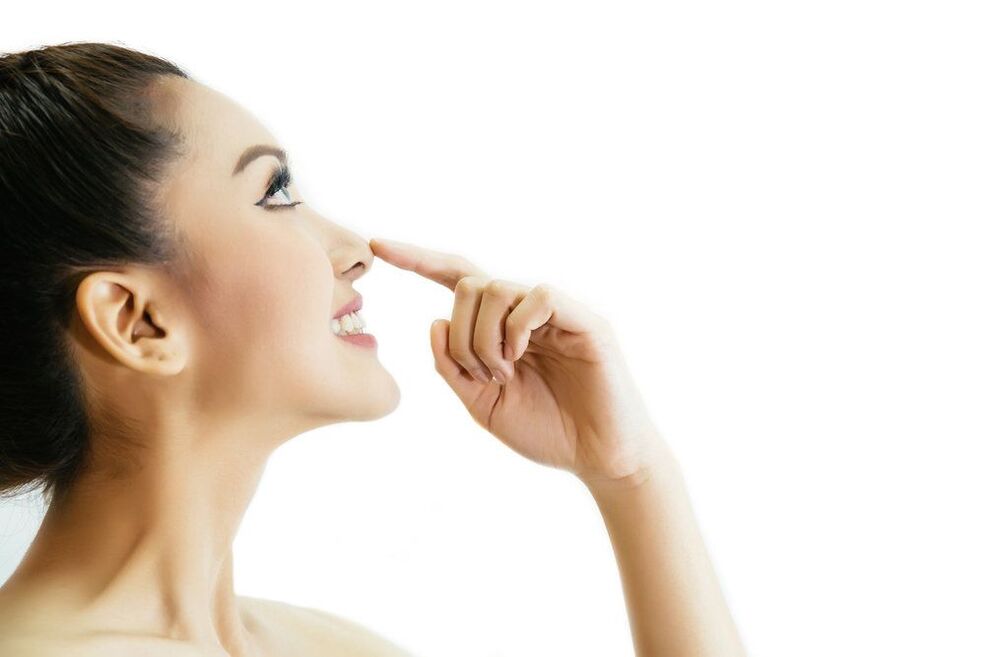
- diseases of the heart and blood vessels,
- blood clotting disorders;
- diseases of the liver, kidneys;
- diabetes mellitus;
- Active form of tuberculosis;
- pregnancy, menstruation;
- folliculitis (inflammation of the hair follicle), acne at the site of upcoming surgical intervention;
- Acute viral infections;
- cancer diseases;
- Disorders of the mental sphere.
There are also age restrictions.Rhinoplasty is performed in girls only at the age of 18 and in boys up to 21-23 years, which is associated with the process of forming the facial part of the skull.
Correction is also not recommended after the age of 40 due to the slowdown in tissue regeneration and the risk of complications at this age. Older patients find it difficult to get used to a new look and often regret the changes.
During the consultation before the procedure, the surgeon finds out why the patient is interested in rhinoplasty, what result he expects, explains the consequences and warns of possible complications.
education
The nose correction takes place after the preparation. The surgeon will instruct you on how to prepare for the rhinoplasty.
Preparation for rhinoplasty includes standard examinations:
- Electrocardiogram.
- Chest X-ray or fluorography.
- nose picture.
Refuse blood thinners 2 weeks before the upcoming procedure. It is recommended to refrain from alcohol and smoking 7 days before rhinoplasty. For a day, light food remains in the diet, and for 6 hours they refuse food and water.
Before the operation, consultations are held with an anesthesiologist. The specialist clarifies information about the tolerability of the anesthesia.
List of Analyzes
Such analyzes are carried out before rhinoplasty:
- Blood (general, biochemical, electrolytes, coagulogram, blood group, Rh, factor) - for 14 days.
- HIV, HBS, HCV, RW - for 3 months.
- urine - for 14 days.
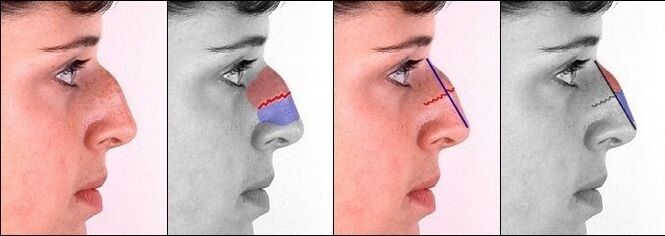
Does it hurt?
During the rhinoplasty itself, the patient does not feel anything because he is in a drug-induced sleep state or the doctor applies painkillers.
During the rehabilitation period, there are more inconveniences than pain - for example, from tampons in the nose, which are removed after a day, and swelling. Compared to breast surgery, rhinoplasty is said to be painless.
rehabilitation
If an osteotomy (artificial bone fracture) has been performed, a plaster cast is applied7-10 days. edema that occurs in the nose and around the eyes,disappear after 10-20 days.
The doctor can assess the results provisionally after 6 months and finally after one year. How long tissue healing takes depends on the characteristics of the body and age.
After removing the patch, the patient is obliged to see the doctor within the specified time. They refuse to wear glasses for a while, exclude hot and spicy foods from the diet to prevent bleeding, and limit physical activity.
Full rehabilitation takes 6-12 months.
How long the face heals depends on the severity of the surgery and the complications.With a good course, after 10 days the person gradually returns to the normal rhythm of life., go to work.
Why is a rhinoplasty dangerous?
This is a surgical procedure that involves risks, sometimes there are side effects. These are good reasons against a rhinoplasty, especially if the surgeon sees no abnormalities and medical indications.
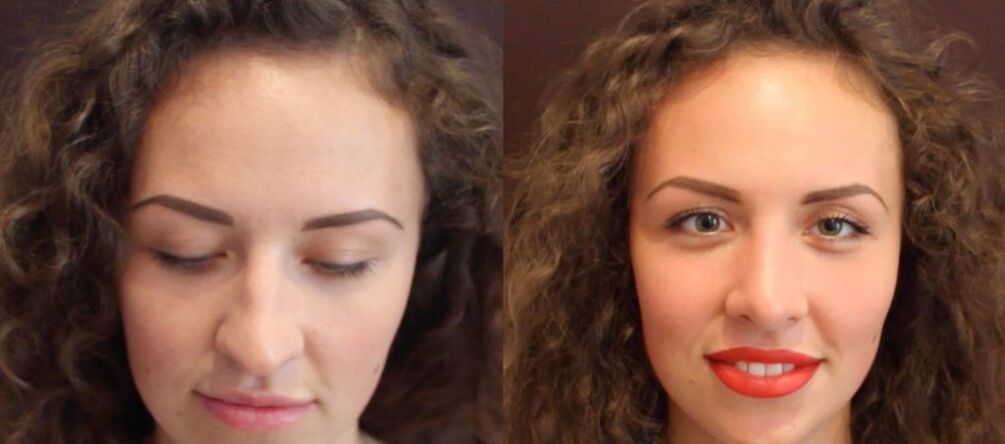
An anaphylactic reaction to anesthesia is possible - a phenomenon of rapid allergy, threatening life. In 0. 017% of cases, toxic shock syndrome is observed - a state of shock that leads to the vital activity of exotoxins of bacteria or viruses.
Generally, only 4-18. 8% of patients experience adverse events, with one in ten of this group experiencing skin and soft-tissue complications.
During the operation, excessive bleeding, skin tears, mucosal-cartilage structures, burns, injuries to the bone pyramid and others are fixed.
In the first hours and days after the operation, anaphylaxis, visual disturbances and respiratory disorders can occur. Of the hidden complications - bleeding, hematoma of the septum.
Rarelyan infection has gotten into the wound that requires antibiotic treatment; in the case of sepsis (blood poisoning), hormones and blood transfusions are used.
Other complications are:
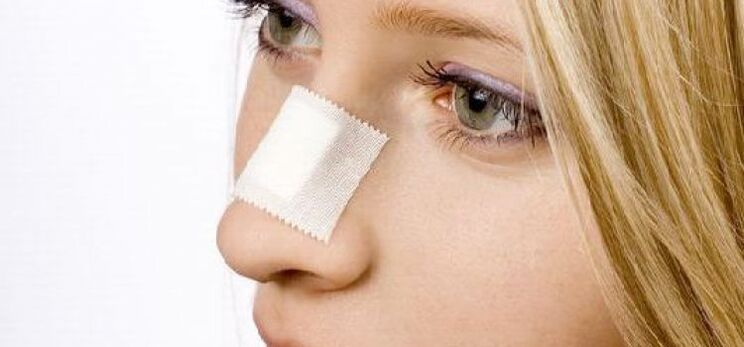
- Decreased sensitivity.
- Scars, scars that require repeated interventions.
- difficulty breathing.
- deterioration of odor.
- Perforation (holes) of the nasal septum.
- cartilage atrophy.
- The appearance of the vascular network, pigmentation.
- Rarely - necrosis (death) of tissues.
In addition, the patient is not always satisfied with the result -such patients 3 out of 10.The probability that the view is as planned is about 70%. The nose can appear too correct, look unnatural and not blend in with the rest of the facial features. Therefore, before you decide to switch, you should weigh the pros and cons.
After this, a second correction may be required, which is carried out after 6 months, but not earlier. Indications are incorrectly sewn or over-removed cartilage, where the nose appears short, a small columella (the lower part between the nasal passages), etc.
When is the best time to stop an operation?
Often people with dysmorphophobia or dysmorphomania turn to plastic surgeons for help. In the first case, we are talking about a painful attitude to a minor defect or feature of the body, in the second - an imaginary external flaw.
If the surgeon did not find any deviations from the average parameters in the size of the nose and its location in relation to other parts of the face, it is recommended to consult a psychologist.
You should also study reviews about the clinic and a specific specialist. The lower the doctor's qualifications, the higher the likelihood of complications.






















